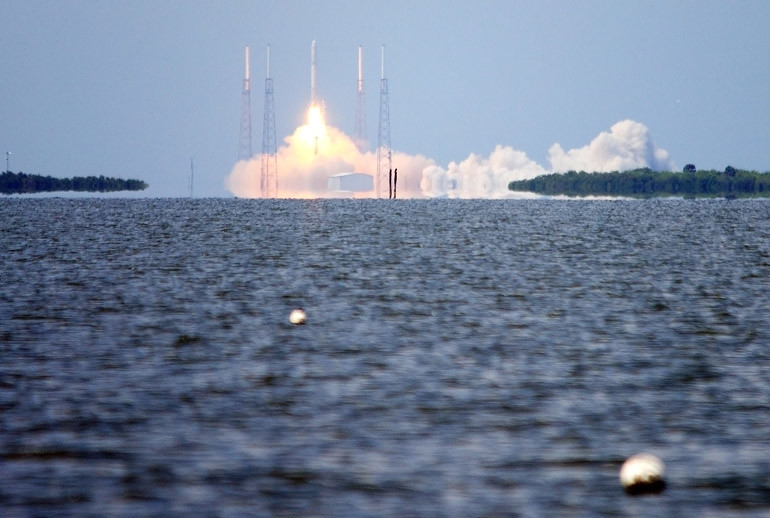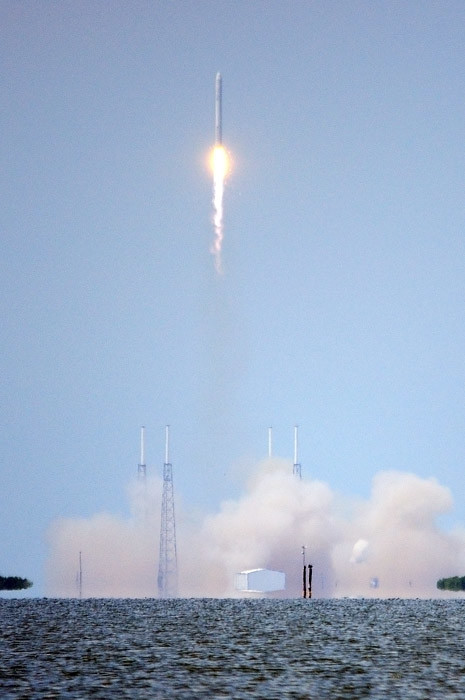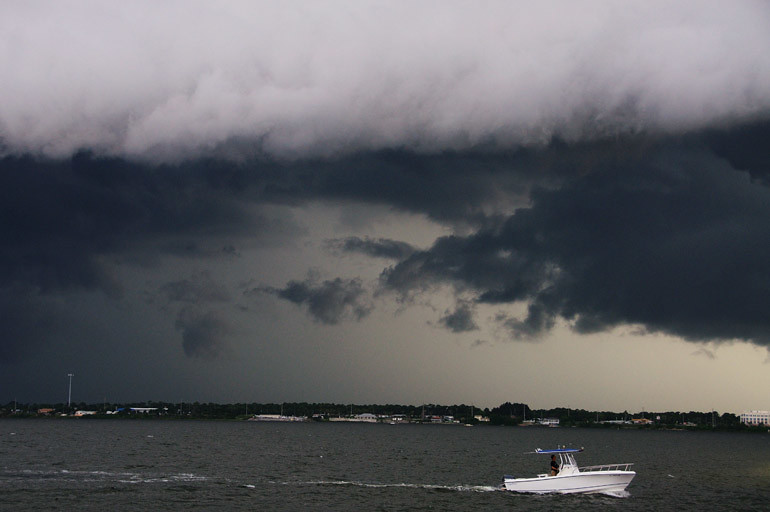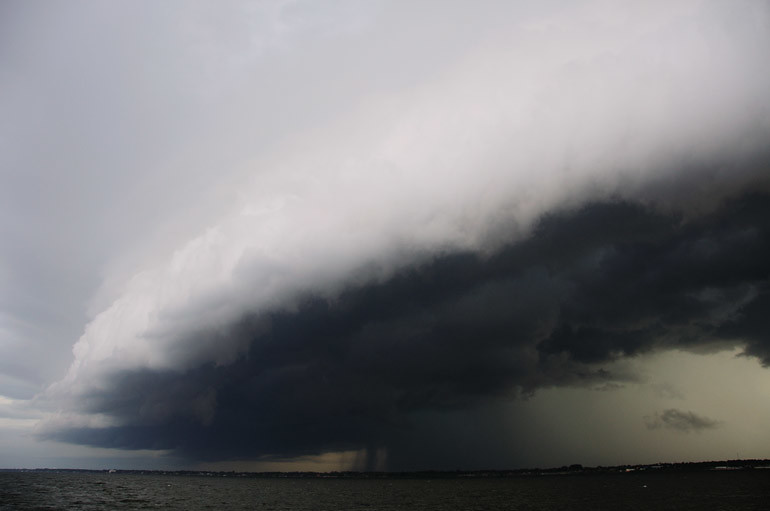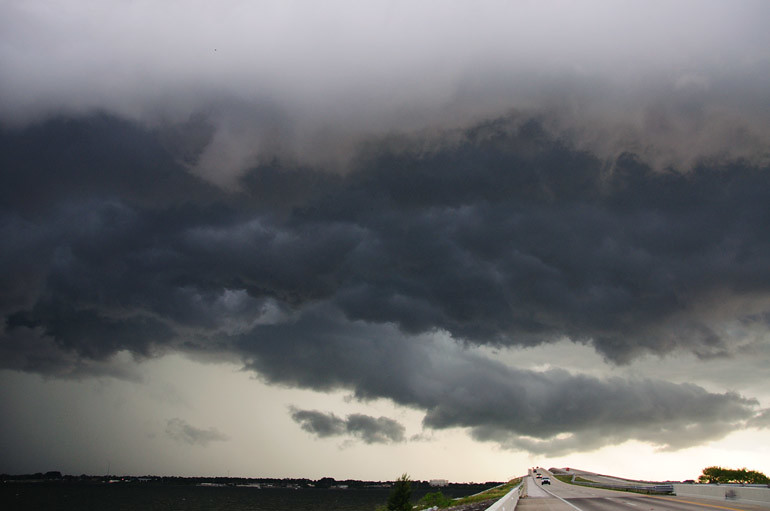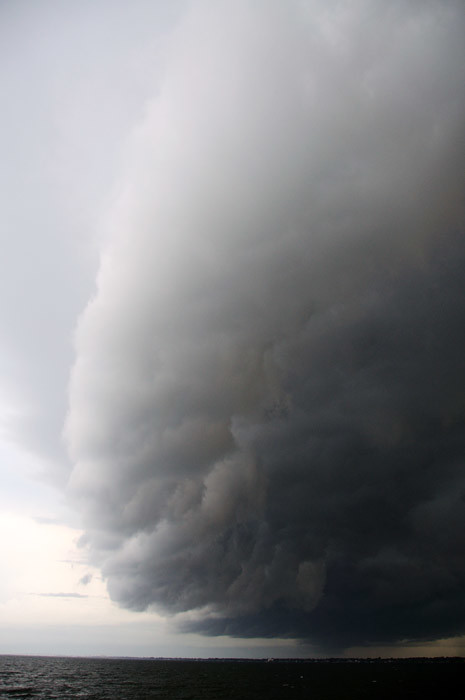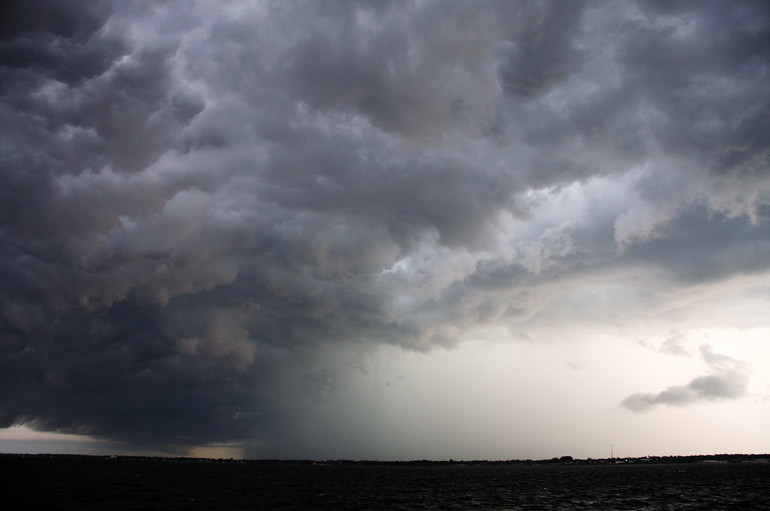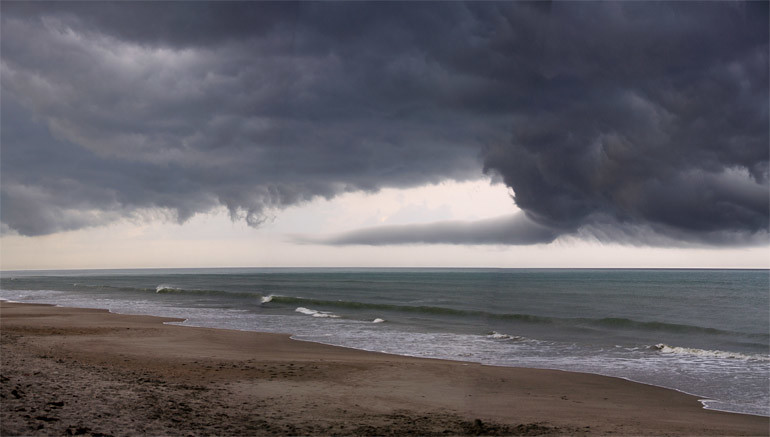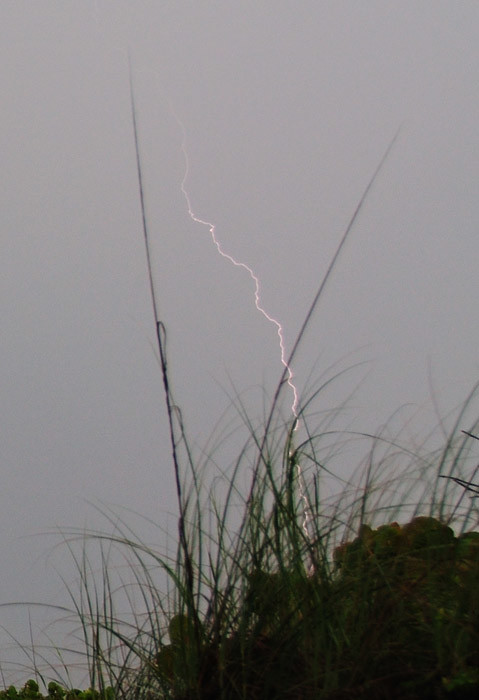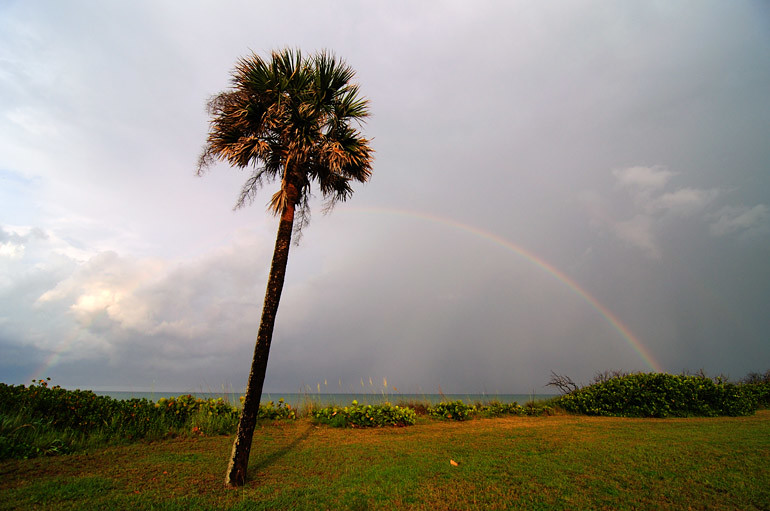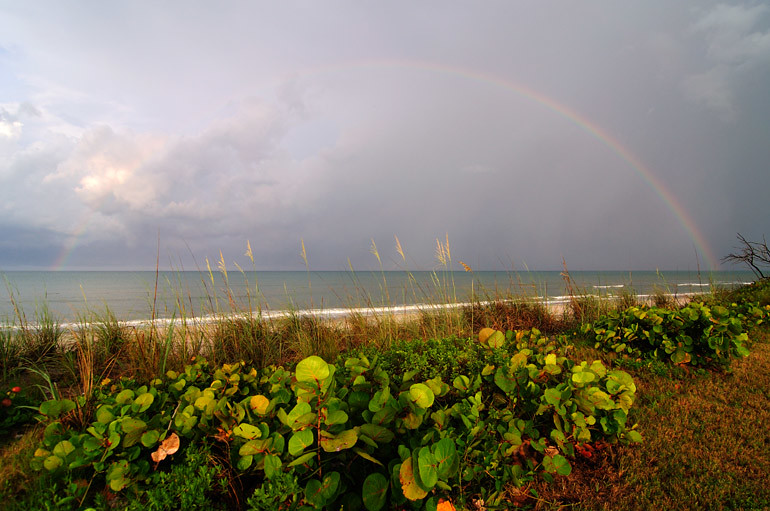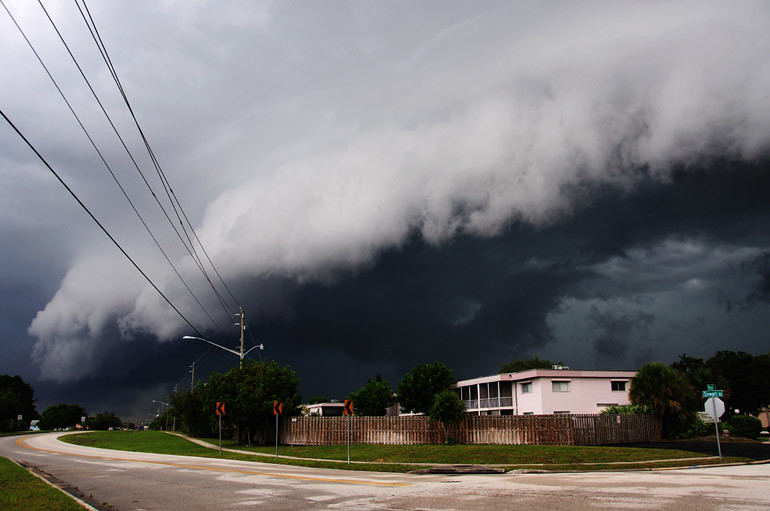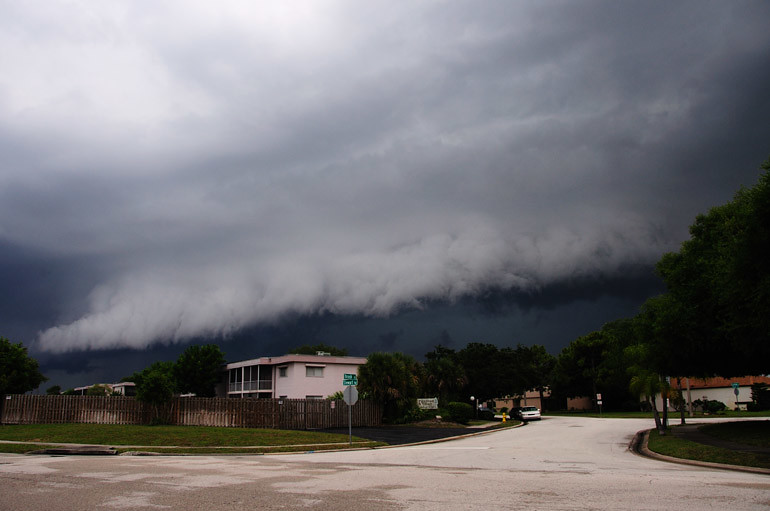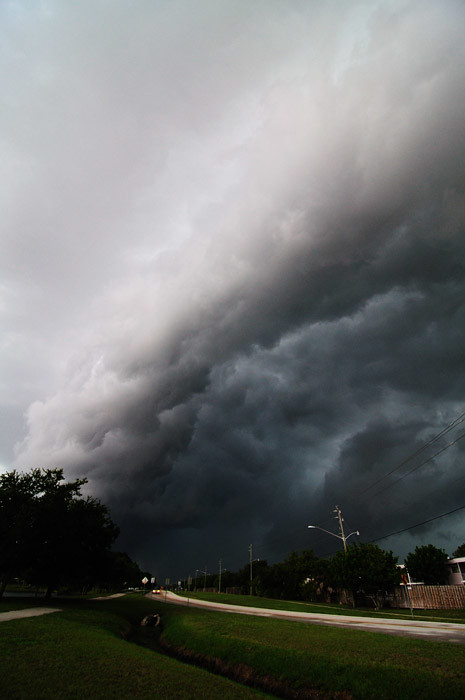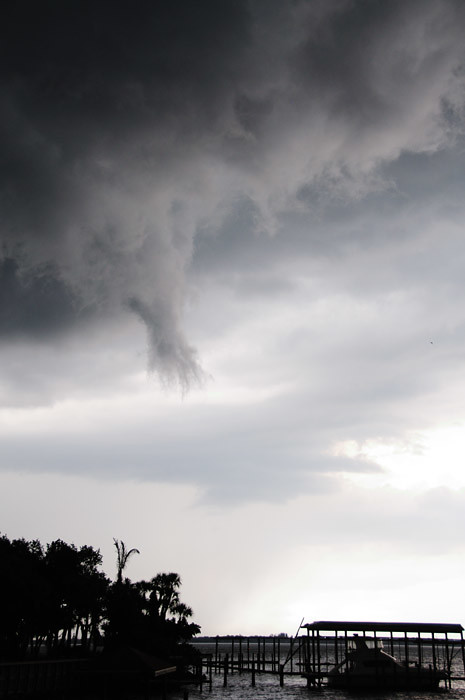
A resident hoses down the side of his house in the Chelsea Park subdivision, where burning embers from a wildfire in a nearby bird sanctuary threatened to ignite the home.
Last Tuesday, the day of my return from the first of three consecutive long weekends, I was called to work by an editor who said Rockledge was ablaze. Actually, it was a simple wildfire near a subdivision in the city, a subdivision where a friend of mine happens to live. So there was an added concern. When I got there, though, I discovered that the flames were far from her home but very near about 20 along a few streets in the community. I covered it for the newspaper through words and photographs, more of which can be viewed here.
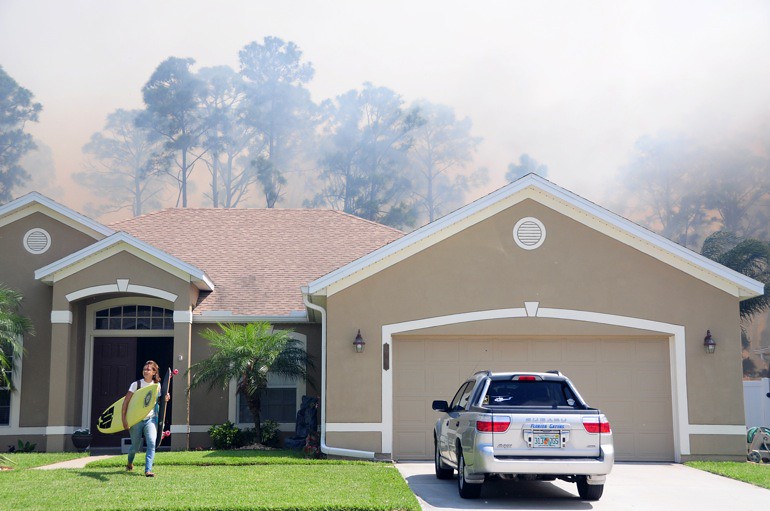
A teenager carries her most prized possessions - a surfboard and a skateboard - from her home after she was ordered to evacuate.

A county firefighter assessed the blaze from atop a special truck used in brush fires.
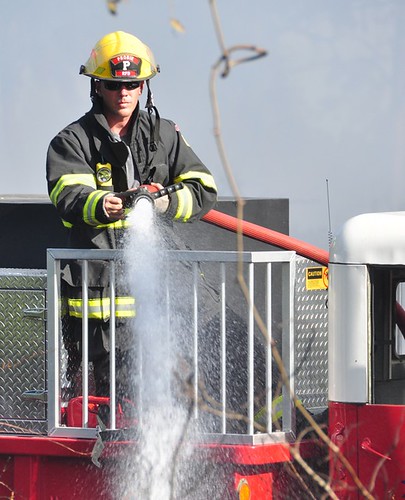
The firefighters had considerably more hosepower.

The fire and the homes were separated by a small canal, providing a natural barrier against the blaze. Still, residents used their garden hoses to douse small flames on the other side.
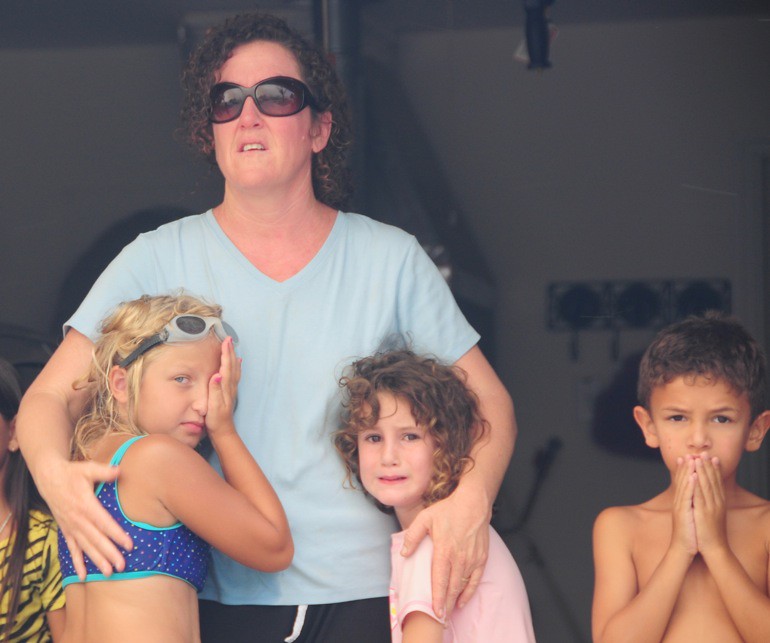
A woman, her daughter and some other local children gather closely while they look at flames shooting above their homes.

A father comforts his frightened 8-year-old.
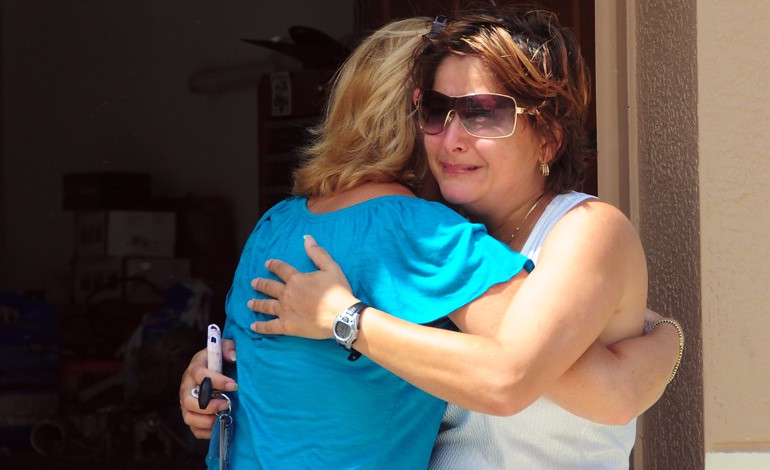
All of these neighbors were quite concerned, but the firefighters stopped the flames.
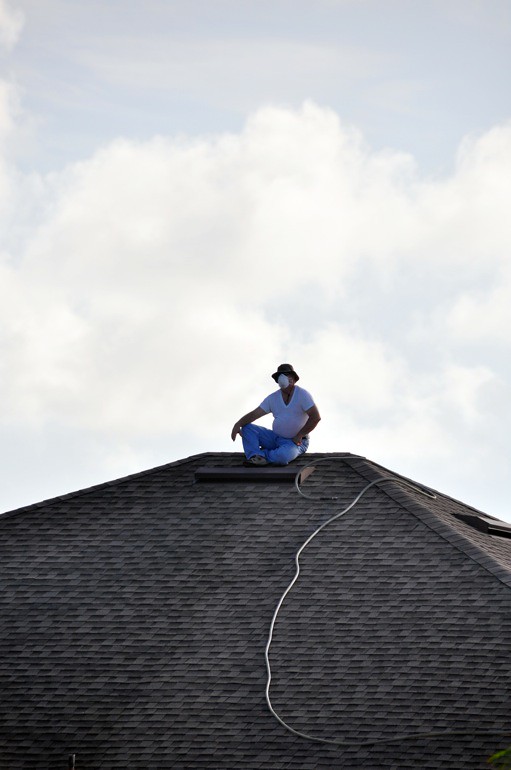
Finally, when the wildfire was contained, everyone could take a break.

